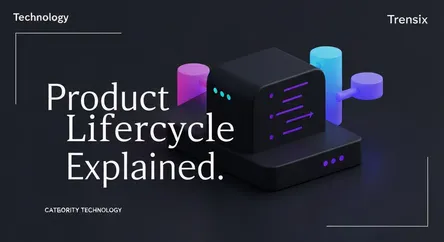Technology
Product Lifecycle Explained

Discover the product lifecycle, the journey of a gadget from launch to decline. Learn its stages and why it's a key concept in technology today.
What is it?
The product lifecycle (PLC) is the journey a gadget takes from its market introduction to its eventual withdrawal. This process is typically divided into four stages. First is Introduction, where the new device is launched. Next is Growth, when sales rapidly increase. The third stage is Maturity, where sales peak as the market becomes saturated. Finally, there's Decline, where sales fall as newer technologies emerge. Each stage requires distinct strategies for marketing, pricing, and development to maximize a product's success.
Why is it trending?
In the fast-paced tech world, understanding the PLC is crucial for strategic planning. Companies use it to decide when to ramp up advertising, introduce updates, or phase out a model. The concept is trending because it helps businesses navigate fierce competition and rapid innovation. Furthermore, a growing emphasis on sustainability has brought focus to the Decline stage, promoting responsible end-of-life management like recycling. This strategic foresight, often aided by Product Lifecycle Management (PLM) software, is key to staying relevant.
How does it affect people?
The product lifecycle directly impacts consumers by determining when new gadgets are released, how long they receive software updates, and when they become obsolete. It's the reason a new smartphone is launched every year. For professionals in marketing, engineering, and management, the PLC is a core framework that shapes their daily decisions. It guides everything from initial design and feature sets to advertising budgets and supply chain logistics.